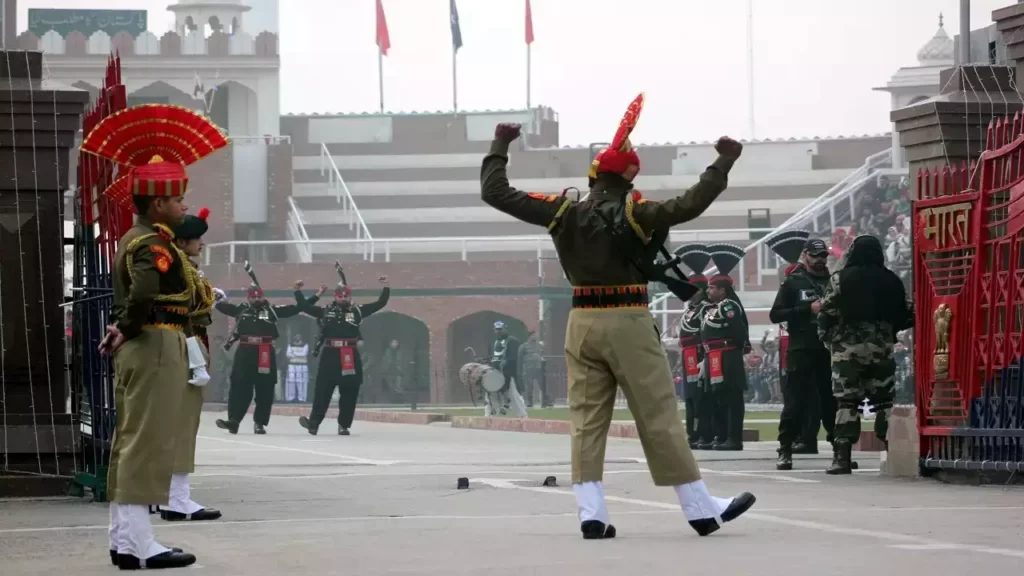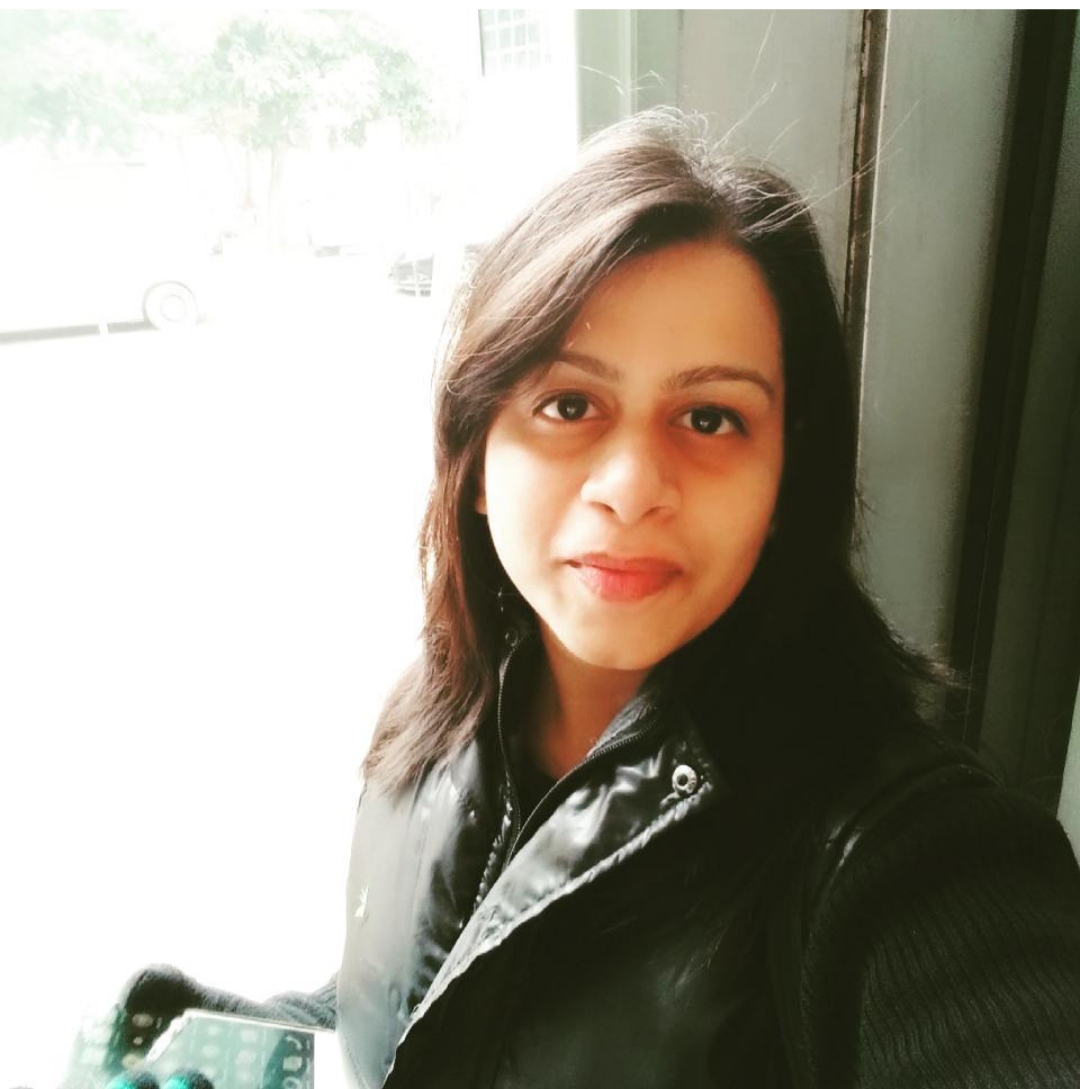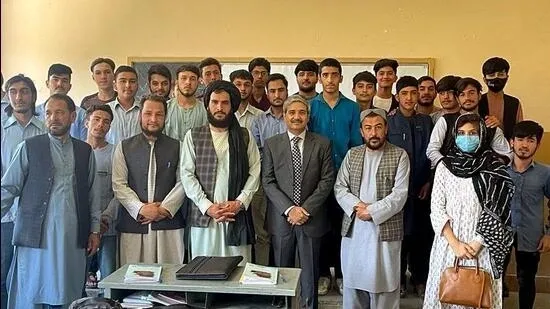
By Diksha Bharti
On March 4, 2024, Shehbaz Sharif was sworn in as the Prime Minister of Pakistan after the controversial elections of February 8th. Sharif is the younger brother of the three-time former prime minister Nawaz Sharif and has served as prime minister once before, from April 2022 until August 2023, after Imran Khan was ousted from power. To chair the Pakistani presidency, lawmakers have elected Asif Ali Zardari as the country’s president for the second time. Zardari is the widower of the assassinated former premier Benazir Bhutto and the father of the former foreign minister Bilawal Bhutto-Zardari.
In his first address after being elected as Prime Minister, Sharif underlined the need for “deep systematic surgery” in Pakistan. He raked up the Kashmir issue in his maiden address but pledged to improve ties with all leading nations. He particularly talked about improving ties with neighbours but also referred to “freeing” the people of Kashmir. With ever-increasing economic and socio-political unrest in the country, “Kashmir” still manages to top Pakistan’s priority list making it nearly impossible for Pakistan’s leaders to shed the “ideology” of liberating Kashmir even as that goal looks ever more impractical.
To look at India- Pakistan’s closest neighbour, ‘archival’ would be a weary term to use, under PM Modi, Pakistan has dropped down the list of India’s foreign policy priorities. He has subtly demonstrated that India can live with the freeze in bilateral relations as for both, Delhi and Islamabad, bilateral engagement is a high-cost and low-reward exercise. Years of upheaval cannot be subdued in a year. While India’s aggregate GDP at USD 3.7 trillion is now 10 times larger than Pakistan’s, struggling at barely USD 350 billion. The gap will continue to expand in the coming years.

To compare the two democracies, over the past decade, and notably since 2018, Pakistan has witnessed significant “domestic political tumult.” The nation is currently dealing with several long-term challenges including an economic crisis and continued tussles between the civilian and military leadership. Trying to move on from a controversy-marred national election, New Delhi sees the multiparty coalition as “unstable and weak,”
This is partly due to allegations of vote rigging surrounding Pakistan’s February 8 election. The new government will also face intense pressure from the supporters of jailed ex-leader Imran Khan and his party, which wields the single largest bloc of lawmakers in parliament. By contrast, the US has called the election ‘competitive,’ maintaining their “perceived interest” to keep Pakistan’s army in good humour rather than weighing in for democratic values and risking an endorsement of Imran Khan’s pushback. Baloch and Pashtun uprising, recent long march to Islamabad, fake encounters, and forced disappearances in the region are some of the many factors which have led to an active demand for separate nations and created a rift across Pakistan’s ethnic fabric.
Prime Minister Modi overly determined to kick-start his third tenure this year surprised many with his overtures toward Pakistan in 2014. This included extending an invite to then-Pakistani Prime Minister Sharif for his swearing-in ceremony and making a surprise visit to Lahore in late 2015 (an Indian prime minister had last visited Pakistan more than a decade earlier, in 2004). The bilateral relationship hit a new low after the Modi government revoked the special status of Jammu and Kashmir, granted under Article 370 of the Indian Constitution, in 2019.

Even as Indian foreign policy has been centralized under PM Modi since 2014, he has had no counterpart with comparable control over foreign policy issues in Pakistan. Coming to power in 2014, the current prime minister attempted to facilitate dialogue in his initial years in office. However, these moves led nowhere, primarily due to efforts seemingly designed to derail exactly these peace overtures.
For instance, attacks on an Indian airbase in January 2016 occurred a mere week after Modi made a surprise visit to Pakistan, where he met with Prime Minister Sharif. To look back in the past, Indian leaders with an upper hand over foreign policy were able to make peace overtures, even in the face of opposition. Examples include Prime Minister Indira Gandhi’s offer of a peace treaty in 1982, Prime Minister Rajiv Gandhi’s back-channel talks with Pakistan in the 1980s, Prime Minister Atal Bihari Vajpayee’s willingness to go to Pakistan despite the Pakistani army’s manoeuvres in Kargil.
In his book, “In Pursuit of Peace,” diplomat Satinder Lambahrecounts navigating and handling India’s Pakistan policy under six prime ministers. As he notes, for India, engagement with Pakistan is a “political choice” and not a diplomatic one. Thus, regarding India’s policy toward its immediate neighbour, “the prime minister is the final arbiter.”
Today, Pakistan has been circumscribed in an unfavourable geopolitical tangle. Rawalpindi is struggling to oscillate between China and the US- Pakistan’s two long-standing friends- now at each other’s throats as it could not afford to offend either of the two. Its traditional friends in the Gulf- Saudi Arabia and UAE- are now best friends with India.
Four decades of Pakistan’s investment in controlling Afghanistan has gone awry with the return of the Taliban. Put starkly, Pakistan’s problems with Khorasan are a lot worse and more immediate than its historic grievances against India. South Asia has become one of the regions in the world where the U.S.-China great power rivalry is unfolding most intensely.
Besides the U.S. bolstering India to counter-balance China, India itself has been resisting Chinese influence in neighbouring smaller states, including Bangladesh, Nepal, and Sri Lanka. For its part, Pakistan has been a significant beneficiary of Chinese military and economic assistance, in part motivated by China’s desire to exert pressure on India, and in part due to its desire to further its ambitious BRI.
Meanwhile, American ties with Pakistan have frayed in recent years. Pakistan has less utility for American policymakers after the U.S. withdrawal from Afghanistan. The U.S. lacks the goodwill and leverage inside Pakistan at present to directly promote democratic norms to address its civil-military imbalance. Yet it can still exercise considerable influence via international financial institutions, especially the International Monetary Fund (IMF), to urge effective governance, avert domestic repression, and deter further destabilization that can have major adverse impacts on Pakistan and the broader region.
Last year, an Indian official stated that “no one is thinking about Pakistan.” Surely, however, no Indian security or foreign policy official can afford to dismiss its neighbour that holds nuclear weapons and historical grievances. This is especially the case when there remain non-state actors that exist solely to prevent dialogue and foster conflict.
The two nuclear-armed South Asian neighbours have been locked in a love-hate relationship since independence from British colonial rule in 1947, having brief periods of engagement amidst conflicts. Thus, what 2024 has in return for both nations is yet to be witnessed. With elections fast approaching in India and the regime change in Pakistan, geopolitical shifts are sure to be experienced.
References
- https://www.dw.com/en/pakistan-general-elections-fail-to-end-political-instability/a-68220192
- https://carnegieendowment.org/2023/05/10/military-disrupts-pakistan-s-democracy-once-again-pub-89724
- https://www.usip.org/publications/2023/08/pakistans-parliamentary-period-ends-election-uncertainty-looms
- https://www.reuters.com/world/asia-pacific/pakistan-imf-reach-staff-level-pact-release-stalled-funds-2023-06-30/
- https://www.theguardian.com/world/asif-ali-zardari
- https://www.cnn.com/2004/WORLD/asiapcf/01/05/vajpayee.pakistan/
- https://www.nytimes.com/2014/05/22/world/asia/indian-leader-invites-pakistani-premier-to-swearing-in.html
- https://www.nytimes.com/2014/05/22/world/asia/indian-leader-invites-pakistani-premier-to-swearing-in.html
- https://www.cnn.com/2004/WORLD/asiapcf/01/05/vajpayee.pakistan/
- https://www.bbc.com/news/world-asia-35178594
- https://www.nytimes.com/2016/01/03/world/asia/india-air-base-attack-pathankot.html
- https://www.nytimes.com/1982/01/31/world/mrs-gandhi-offers-to-sign-pakistan-pact.html
- https://theprint.in/pageturner/excerpt/how-spymasters-from-india-and-pakistan-almost-made-a-secret-peace-deal-on-kashmir/1224767/
- https://www.hindustantimes.com/india-news/from-the-archives-how-a-historic-bus-ride-to-lahore-sparked-hope-101676658724606.html
- https://www.penguin.co.in/book/in-pursuit-of-peace/
- https://www.economist.com/asia/2023/10/19/india-pakistan-relations-are-becoming-more-marginal-and-worse



